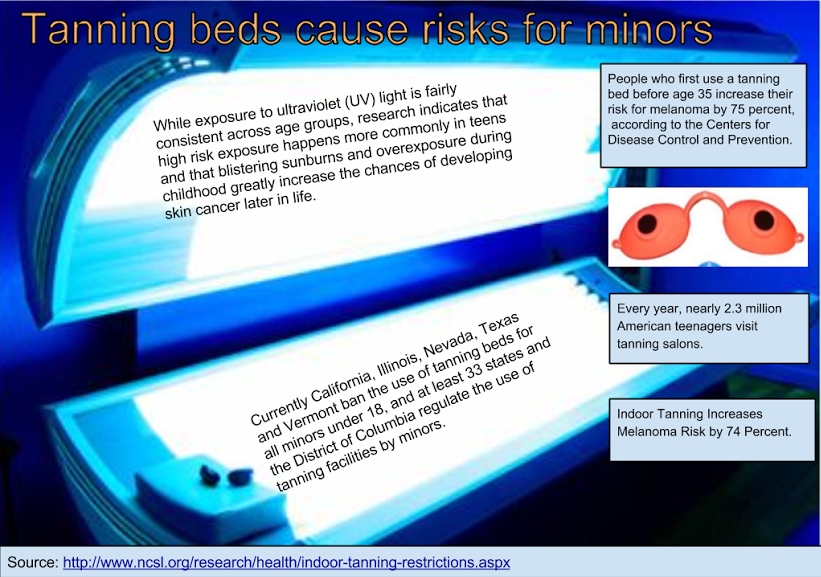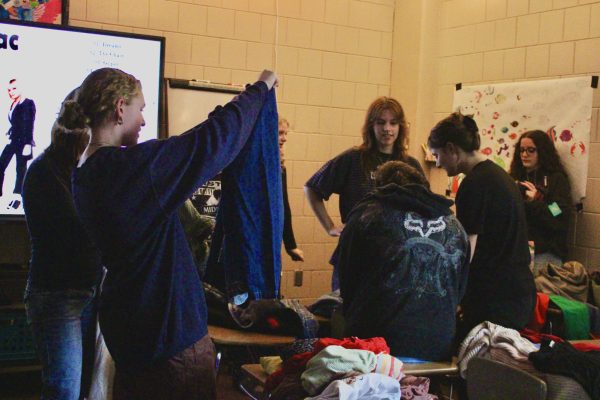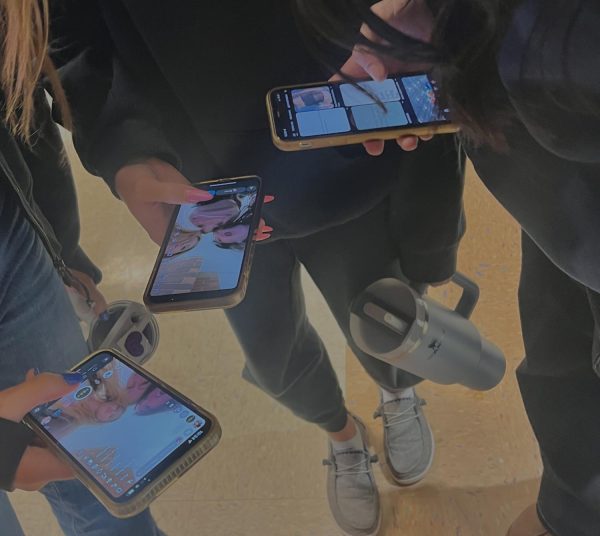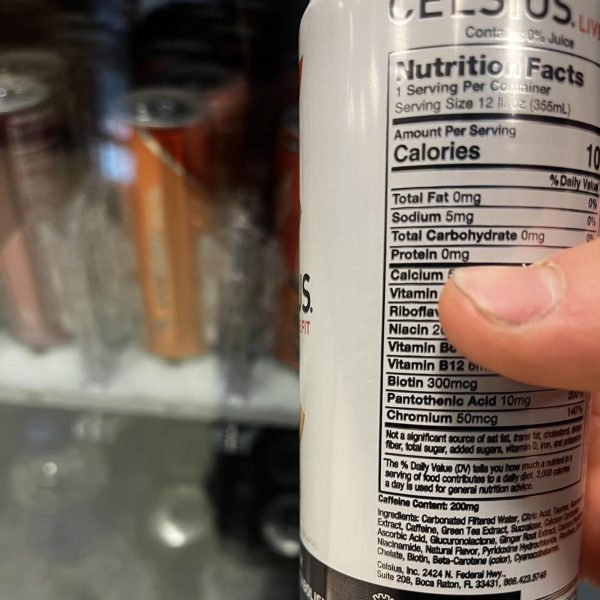Indoor tanning should be illegal to minors
December 15, 2013
Rates of melanoma, the deadliest skin cancer, increased 800 percent among young women in the last 40 years. Widespread use of indoor tanning greatly contributes to this alarming change. Indoor tanning includes tanning beds, booths and sunlamps. On May 6, the FDA proposed strict regulations on indoor tanning. Indoor tanning should be illegal to minors because it is a large factor in the development of skin cancer in this susceptible population.
Indoor tanning is legally restricted in over 30 states, especially for minors. In California, Illinois, Nevada, New Jersey, Oregon, Texas and Vermont, indoor tanning is illegal for minors. The United States Department of Health and Human Services classifies Ultraviolet (UV) radiation as a known carcinogen (cancer causing substance). Although both types cause skin cancers, UVA rays penetrate deep into the skin, causing abnormal cell changes and aging skin changes, while shorter UVB rays cause sunburn.
Indoor tanning is dangerous and linked with skin cancers including melanoma, squamous cell carcinoma and ocular melanoma. Anyone who has ever used a tanning bed has a 15 percent higher risk of melanoma than non-tanning bed users, while habitual indoor UV tanners are 74 percent more likely to develop melanoma.
Many young females view being tan as attractive. Every day in the US, more than 1 million people tan in salons; 70 percent of these are Caucasian females, ages 16 to 29 years old.
“Young adults should be discouraged from using indoor tanning equipment, and restricted access to sunbeds by minors should be strongly considered,” said Dr. Beatrice Secretan of the International Agency for Research on Cancer.
The American Academy of Dermatology (AAD) has released public service announcements targeted at teens to deter young people from tanning. Even if skin cancer is eluded, tanning greatly increases wrinkles, eye damage and skin texture changes. Although a tan may seem attractive, wrinkled, blotchy and leathery skin does not.
Tanning salon proponents claim tanning offers health benefits by preventing sunburn and increasing the essential nutrient vitamin D. However, tanning beds have a lower percent of UVB rays and higher UVA rays; this results in less sunburn, but more cancer and aging changes. Getting a preventative “base tan” protects the skin from sunburn only by about six minutes. A tan is a response to UV injury. Using sunscreen with an SPF of at least 30, covering up and avoiding peak sun between 10 a.m. to 2 p.m. are the best ways to avoid sunburn. Since vitamin D synthesis decreases with aging, vitamin D supplementation is best. Spray-on or lotion tans are a safe option for tan-looking skin.
Outlawing indoor tanning for minors will decrease the risks of skin cancer and protect their skin for the future.













Alex Magler • Jan 13, 2014 at 3:38 am
This article is very straight forward and lets readers know your point of view right away. I also wish there was more on the other side of the topic, but overall this article is very strong and informative.
Fiona Montie • Jan 11, 2014 at 12:32 am
This article captivated my attention throughout and was highly informative. With the use of startling statistics and a strong argumentative voice, you did a nice job of fusing the pieces of information together. The quote from the doctor also added an impressive and convincing piece to the article.
Katie Wilmes • Dec 31, 2013 at 12:01 am
This is a very thorough article with lots of impressive statistics. Not only do I personally agree with your stance, I think that you did a very good job of convincing readers that indoor tanning is harmful, dangerous, and should be illegal. Also I liked how you offered alternatives (spray-on tanning) at the end.
Karlee Stennes • Dec 26, 2013 at 9:10 pm
The opening paragraph was very interested and informative along with the rest of the article. It would have been nice if you would say more about the other side of the topic also.
Megan • Dec 26, 2013 at 9:03 pm
I loved how you started out with the rate of melanoma increasing in the passed 40 years and pointing out the dangers in indoor tanning. But personally i disagree with having tanning be illegal to minors. Tanning is a way that a lot of people use to relieve stress.
Quentin Ikuta • Dec 20, 2013 at 6:55 pm
I like this article because it presents relevant, current arguments and statistics. I began to read the article because my sisters go indoor tanning occasionally. I am very against indoor tanning due to the harmful exposure to UV rays, and possibilities of cancer as a result. Good arguments, and nice job presenting the other side, or benefits of indoor tanning. Your stance on the issue is very clear and easy to find. Good use of reliable, truthful sources.